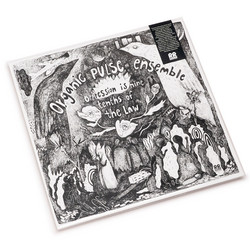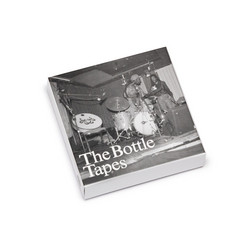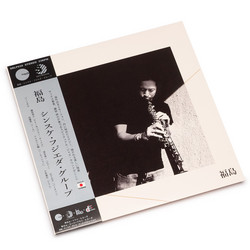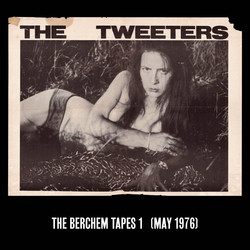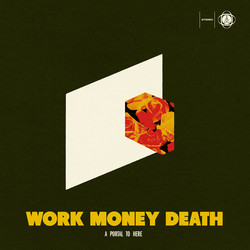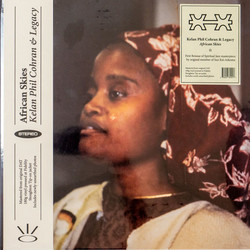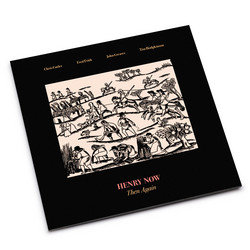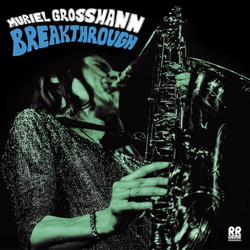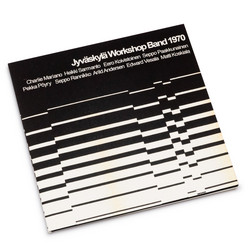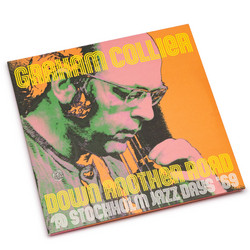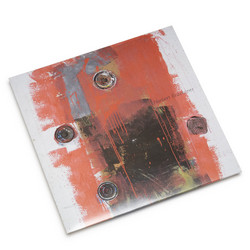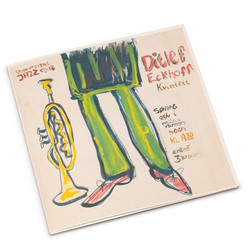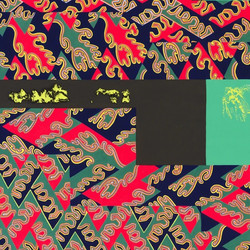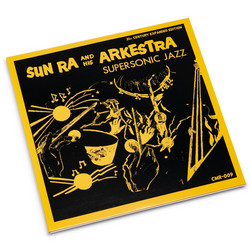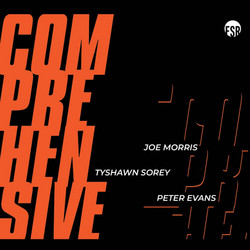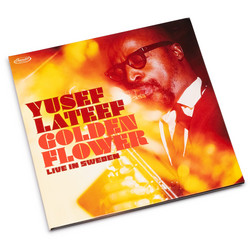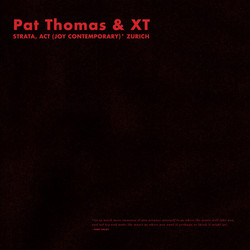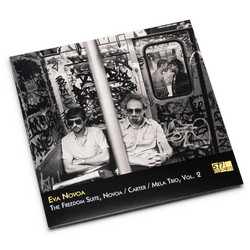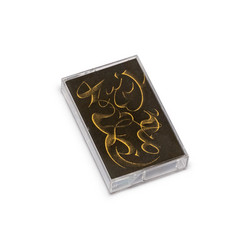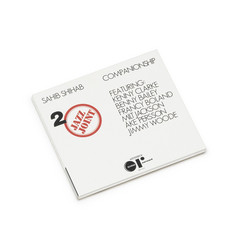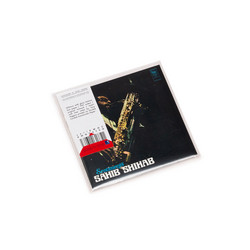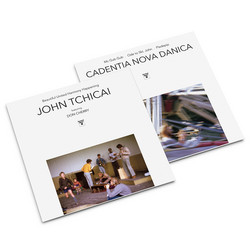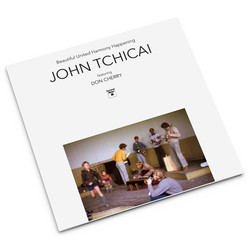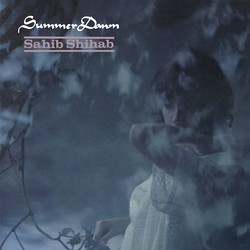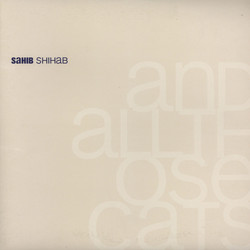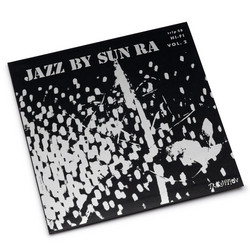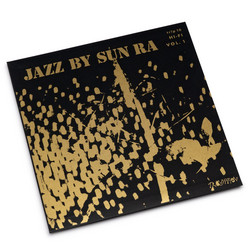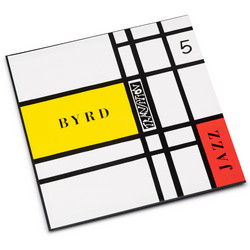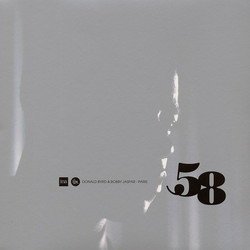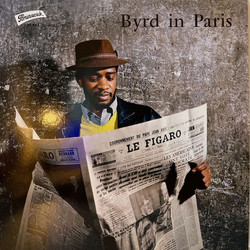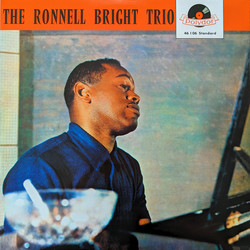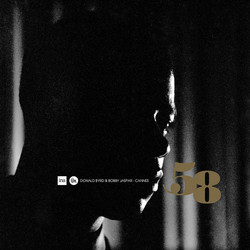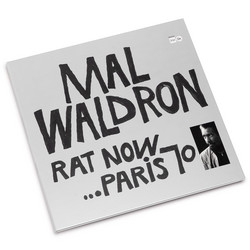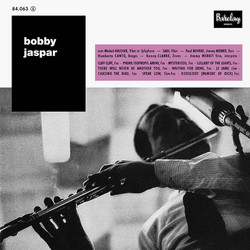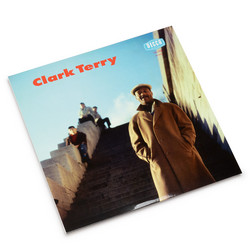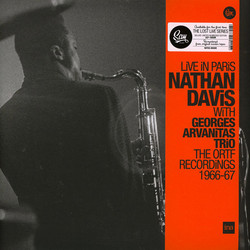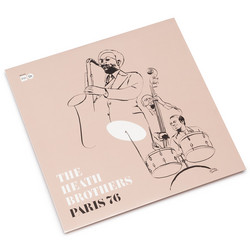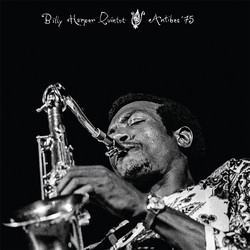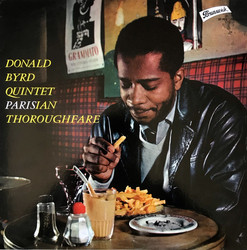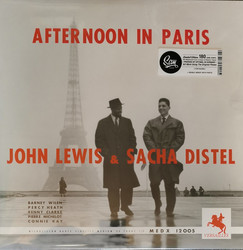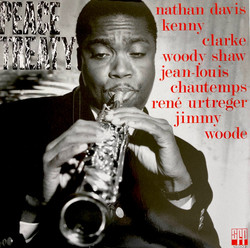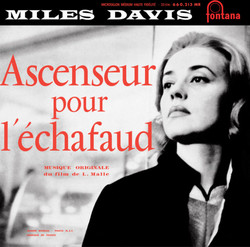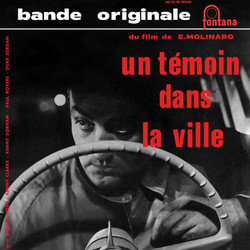Sahib Shihab, The Danish Radio Jazz Group
Sahib Shihab And The Danish Radio Jazz Group (LP)
2025 Repress. In the pantheon of jazz "holy grails," few albums combine rarity and excellence like this one. Recorded in 1965, this session represents a forceful reminder of the limitations of the "great names" approach to jazz history, capturing Sahib Shihab (Edmund Gregory) at the height of his creative powers with Denmark's finest musicians. Shihab played with many of jazz's finest. Shortly after he became one of the first jazz players to change their names due to an Islamic conversion, he joined Thelonious Monk for his Blue Note sessions. He also played with Art Blakey, Dizzy Gillespie, Oscar Pettiford and Quincy Jones. A unique musician, he was at home in every musical style, from the experimentalism of Monk to the more direct hard bop of Blakey.
In 1959 he toured Europe with Jones, ultimately settling in Scandinavia after getting fed up with racial politics in the USA. He worked for Copenhagen Polytechnic and wrote scores for television, cinema and theatre. In 1961 he joined The Kenny Clarke-Francy Boland Big Band and remained a key figure for the band's entire 12-year run.
The Danish Radio Jazz Group is no humble European pick-up combo, but rather a crack ensemble that could hang with any American group of the time. Shihab's approach to orchestral jazz employs novel voicings, contrapuntal and fugal strategies and a highly developed architectonic structure. Featuring future luminaries Niels-Henning Ørsted Pedersen (bass), Palle Mikkelborg (trumpet), Bent Jædig (tenor sax), and Alex Riel (drums), the ensemble navigates Shihab's brilliant compositions with precision and soul.
"Mai Ding" features Afro-Latin beats unique to Shihab—he's heard introducing them to the band on cowbell as a prelude to the track. "Harvey's Tune" showcases his hummed-blown flute technique, while "The Cross-Eyed Cat" develops a busy theme into a sophisticated fugue. The stereo imaging and the way the instruments sound in the room is extraordinary, with a wide soundstage.
This record on the Danish Oktav label—Shihab's second as a leader and also his rarest—is a true masterpiece that deserves to be heard by all fans of the genre.

